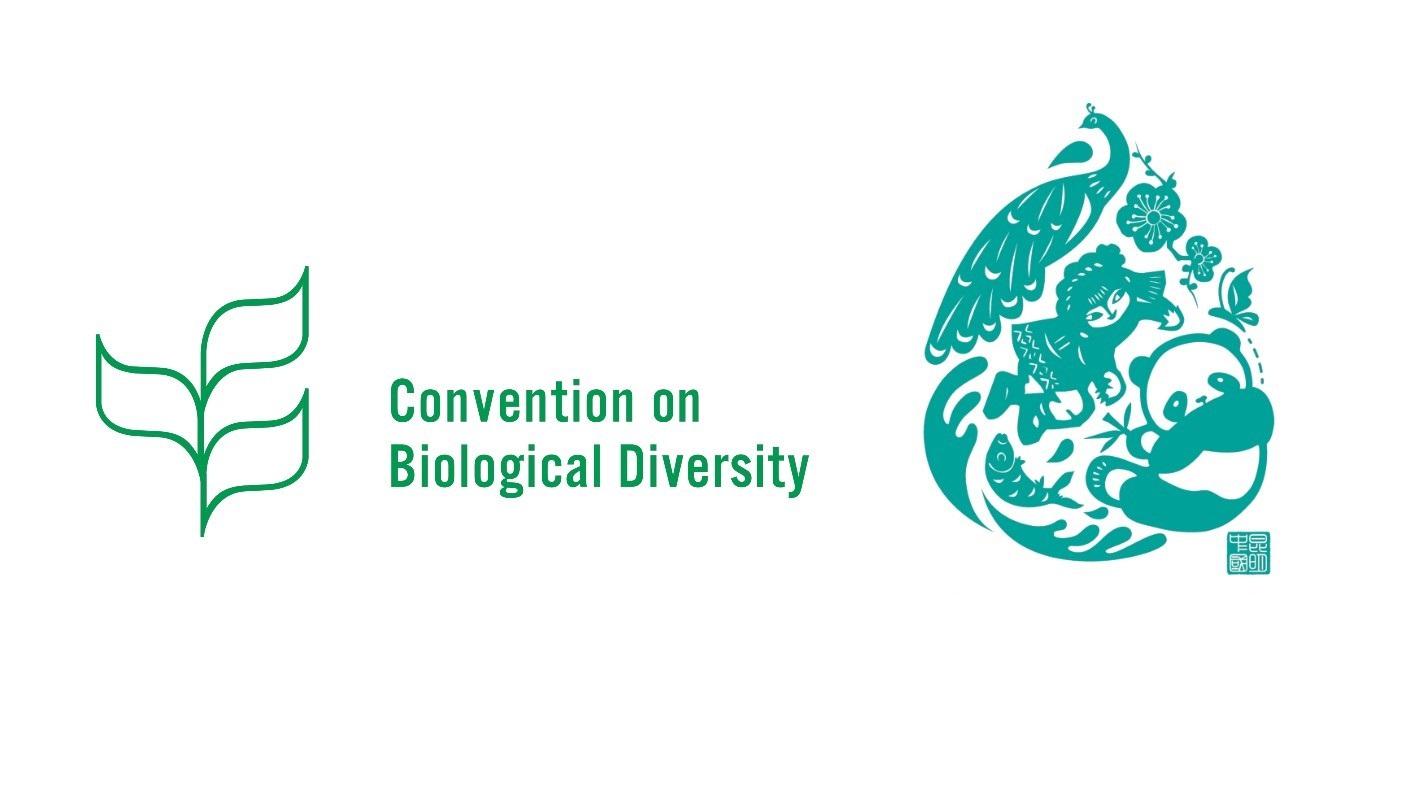Introduction to COP15 Meeting
COP15 Conference, the fifteenth meeting of the Conference of the Parties to the Convention on Biological Diversity, is divided into two stages: the first stage was held by China in October 2021, and the second stage was held by Canada in December 2022. The purpose of this meeting is to strengthen the global biodiversity conservation strategy and promote the harmonious development of man and nature.
At the beginning of the negotiation of the second phase of COP15, countries were faced with considerable pressure. Before this meeting, none of the 20 goals set in the world’s first 10-year biodiversity conservation plan, had been fully realized by 2020.
However, according to a report released by WWF, the number of monitored wild animal populations worldwide has decreased by 69% since 1970. Under the situation that the loss of biodiversity needs to be reversed urgently, all parties turned expectations into a force to reach consensus and promoted the adoption of the convention.
The goal of the second phase of COP15 is to reach the Convention on Biological Diversity (officially known as the Kunming Montreal Global Biodiversity Framework), which requires all countries to protect at least 30% of the world’s land and oceans by 2030 and prevent the loss of biodiversity. This convention was preliminarily examined at the first stage of last year’s meeting.
Background to the Convention on Biological Diversity
COP15 believes that biodiversity is the basis for the development and prosperity of human economy, including the balance between human beings and the earth, as well as relying on biodiversity to obtain food, medicine, energy, air, and other materials. However, biodiversity is deteriorating globally. For example, 25% of animals and plants are threatened by human activities. If no action is taken, the rate of species extinction will continue to accelerate to dozens or even hundreds of times.
COP15 believes that land and ocean use, biological use, climate change, pollution and alien species invasion have led to changes in global biodiversity, and the signing of the Convention will effectively promote the implementation of biodiversity protection. COP15 hopes to achieve the goal of a sustainable and healthy planet by 2050, including:
- Stop the artificial extinction of threatened species and increase the integrity of the ecosystem;
- Rationally utilize and manage biodiversity to restore ecological sustainable development;
- Share knowledge related to genetic resources globally;
- Narrow the annual biodiversity funding gap, which is $700 billion;

Main Contents of the Convention on Biological Diversity
To achieve the goal of a healthy planet by 2050, COP15 proposed the global action goal by 2030, which can be summarized as follows:
- Reduce the threat to biodiversity: ensure that at least 30% of the land and oceans are effectively restored by 2030, the settlement rate of alien species is reduced by at least 50%, and the pollution risks and adverse impacts from all sources are reduced to a harmless level to the ecosystem;
- Sustainable use to meet the needs of human development: ensure the sustainability of wild species, maintain human contributions to nature, improve biodiversity in urban planning, and strengthen the use and sharing of genetic resources;
- Implementation plan for biodiversity: ensure that biodiversity is included in official decision-making and national accounts, reduce risks related to business and finance, encourage society to make sustainable consumption choices, and gradually reduce the negative subsidy for biodiversity of 500 billion dollars annually;
Financial Actions Referred to in the Convention
COP15 made the following suggestions to the financial industry can:
- Formulate and implement national biodiversity financing plan;
- Encourage the private sector to invest in biodiversity using impact funds and other tools;
- Encourage innovation with environmental protection functions, such as green bonds and diversity compensations;
Reference:









